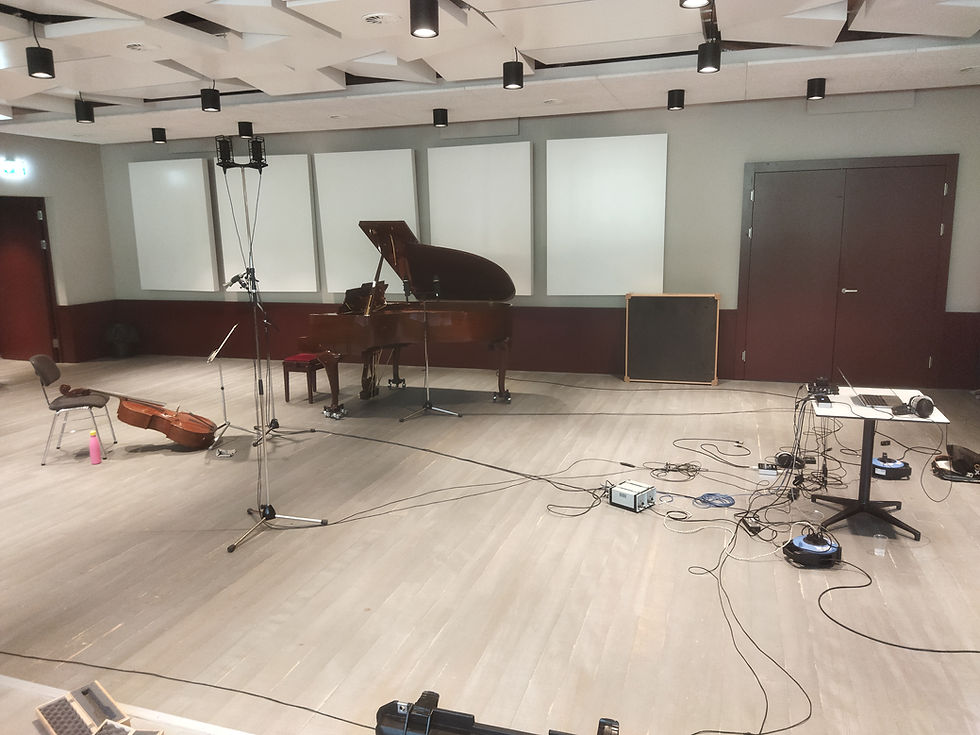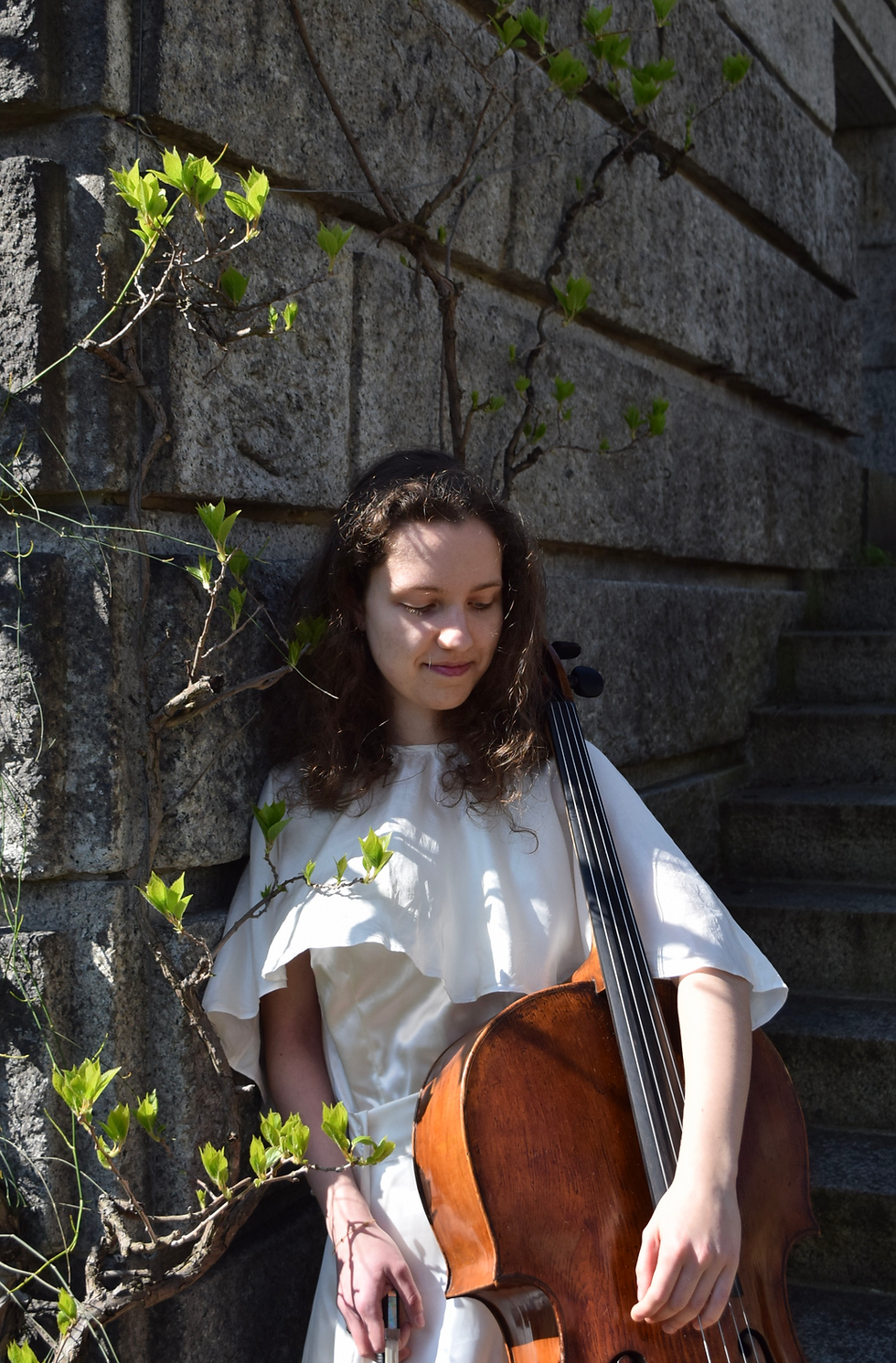Reflections on a Baroque Day in Grünwald with the Bayerisches Jugend‑Barockorchester
- Mathilde Reuzé

- 6 days ago
- 3 min read
On Saturday, October 25th, 2025, I had the pleasure of leading a one-day workshop with the Bayerisches Jugend‑Barockorchester (BayJuBa) at the Musikschule Grünwald, followed the next day by a concert at the August‑Everding‑Saal in Grünwald.
As a guest baroque cellist, I had the opportunity to work with four young cellists as part of their introduction to historical performance on period instruments.

Why this workshop?
The aim was to introduce the young musicians of the orchestra not only to some works from the Baroque repertoire but also to the practice of baroque cello: gut strings, baroque bow, historical pitch, posture, articulation, phrasing, and the typical continuo accompaniment. During the session, we explored:
Technical practise: bow, posture, and adapting to the baroque instrument provided to some participants in the morning, just before the workshop began.
Sound, color, and dynamics characteristic of the Baroque style.
The role of the continuo within the Baroque ensemble, which is very different from that in a classical orchestra: before the advent of the modern conductor, the continuo group (cello, harpsichord, theorbo, etc.) effectively led the rest of the orchestra – acting somewhat like a collective Konzertmeister.
Orchestral work on pieces by Johann Bernhard Bach and Jean-Baptiste Lully.
Workshop Schedule
The day began with a brief introduction, allowing everyone to get familiar with the baroque cello and the new pitch (A = 415 instead of 442...) before diving into collective work. The entire morning was devoted to orchestral pieces. For the young musicians, the challenge was to find energy and phrasing in very simple melodic lines – lines that, through harmony and collective gesture, actually guide the entire orchestra.
In the afternoon, each participant alternated between individual sessions with me – mainly working on excerpts from Bach’s Suites, which they usually study on modern instruments – and group work with Friederike Heumann, who led the bass section. At the end of the day, everyone came together for a full orchestral rehearsal under the direction of Johannes Heim.
The next day, the ensemble had the opportunity to showcase the results of this work in a concert in Grünwald!

Reflections on the experience
This experience reminded me that switching from the modern cello to the baroque cello is not just a change of instrument: it is a true shift in perspective. The gesture, the sound, and the way of articulating require some time to adapt, but this transition also opens up new possibilities.
Even a basic understanding of the instrument’s origins, the evolution of the bow from baroque to classical and then modern, playing without an spike, or the differences in sound caused by gut strings, can greatly inspire our imagination. This historical knowledge doesn't limit the player; it expands the range of possibilities and makes playing on the modern instrument richer, more conscious, and more creative.
This is precisely why, five years ago, I decided to devote myself also to the baroque cello. Not to oppose the two worlds – after all, playing Bach with metal strings and an spike is not absurd, just as playing Schumann’s Concerto with metal strings is perfectly possible even though it was originally performed on gut strings (if Schumann had known the possibilities of metal strings, would he really have preferred gut?) – but because understanding the roots of our instrument opens up greater interpretive freedom and encourages conscious reflection on our own musical choices.
In short, historical performance is not a step backward: it is an opening, a way to enrich our relationship with music and discover new colors in our playing.
Other guest teachers :
Julia Scheerer, violin and viola
Saki Sugawara, bassoon
Saskia Fikentscher, oboe
Friederike Heumann, ensemble rehearsals
Johannes Heim, conductor
Learn more about the Bayerisches Jugend-Barockorchester : http://bayjuba.de/



Comments